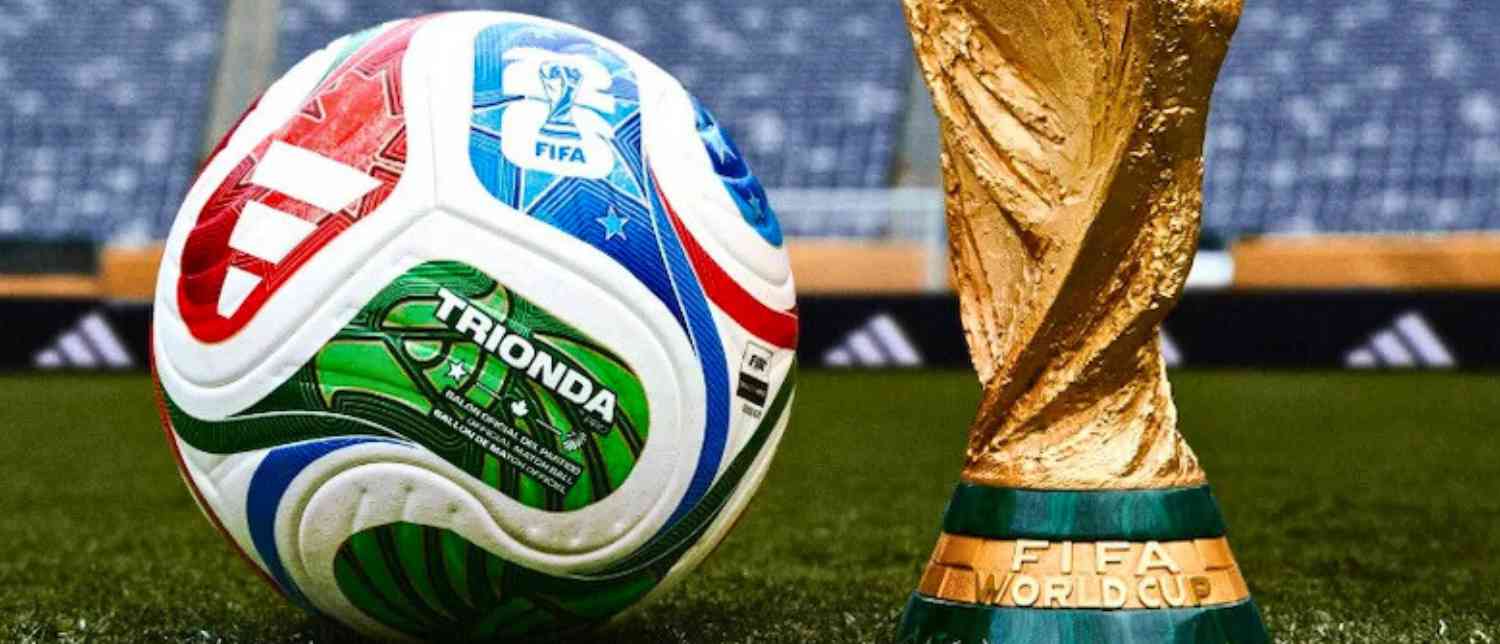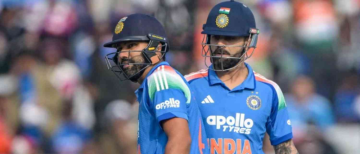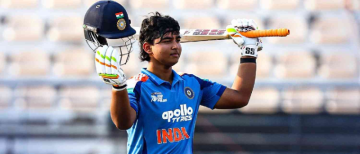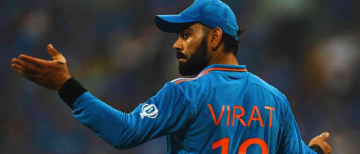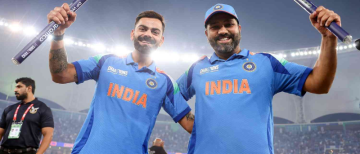Football fans have something fresh to cheer about as FIFA has unveiled Trionda, the official match ball for the 2026 FIFA World Cup. The tournament, which will be jointly hosted by the United States, Canada, and Mexico, now has its own symbol that will feature in every game. While footballs may look alike at first sight, each World Cup ball has a unique story, design, and purpose. Trionda aims to match the excitement of the competition with advanced technology, cultural inspiration, and a clear message of unity.
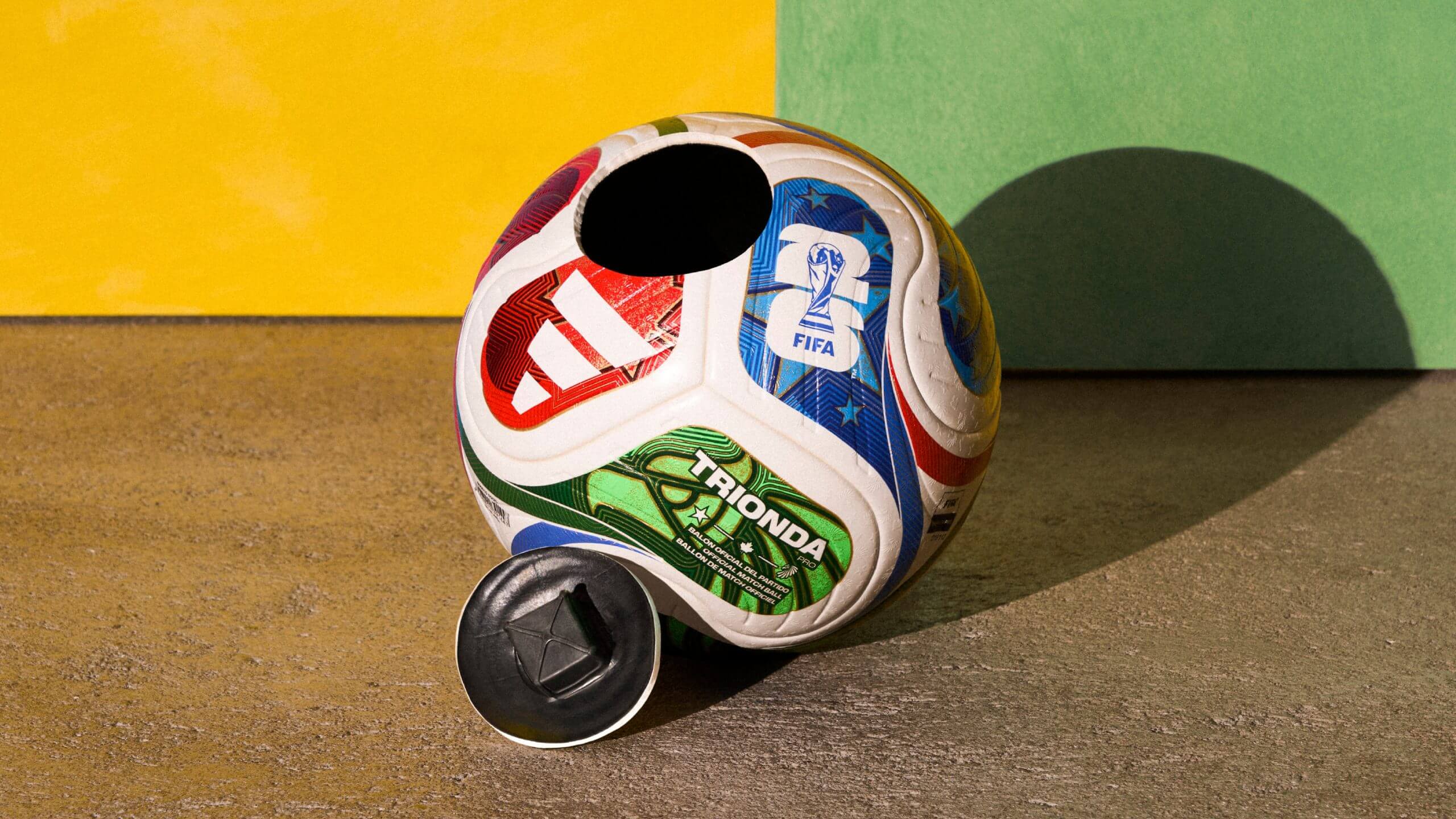
The name Trionda itself carries special meaning. Taken from the word “tri,” meaning three, it highlights the fact that this is the first World Cup hosted by three nations. It also signals the three ideas FIFA wants this tournament to reflect: unity among nations, the passion of football, and continuous innovation in the sport. By carrying these values, the ball is intended to be more than equipment—it will be a symbol of togetherness as fans from different parts of the world come together to celebrate football.
Visually, Trionda is striking. The base colour is white, but the ball is decorated with vibrant shades of red, green, and blue, standing for the flags of the USA, Canada, and Mexico. The artwork on the ball borrows inspiration from each of the three countries in unique ways. From Canada’s icy mountains to Mexico’s sandy deserts and the urban skylines of America, the patterns reflect the landscapes and cultures of the hosts. The goal is simple—make the ball feel familiar to fans in North America while remaining exciting and iconic for players and audiences across the globe.
The most impressive part of Trionda, however, lies within its technology. Developed in partnership with Adidas, the ball is designed for top performance. The panel shape has been engineered to improve aerodynamics, making the ball fly more predictably than older tournament designs. This will allow footballers to strike, pass, and shoot with greater confidence. The ball does not have traditional stitching but instead uses thermal bonding, giving it a smoother surface, better grip, and more resistance to water. Equally important is FIFA’s push toward environmentally friendly choices. Trionda has been produced with recycled and bio-based materials to help reduce waste and lower its environmental impact.
Perhaps the most exciting innovation is the use of built‑in sensor technology. Hidden inside the ball is a smart chip that tracks every movement in real time. This has a direct impact on refereeing, making decisions faster and more accurate, especially in tricky moments like offside calls or goal-line checks. Fans first saw a similar system at the 2022 World Cup in Qatar, and now the technology has been upgraded for 2026. It promises to make the game fairer while adding an additional layer of intrigue for supporters who enjoy detailed analysis.
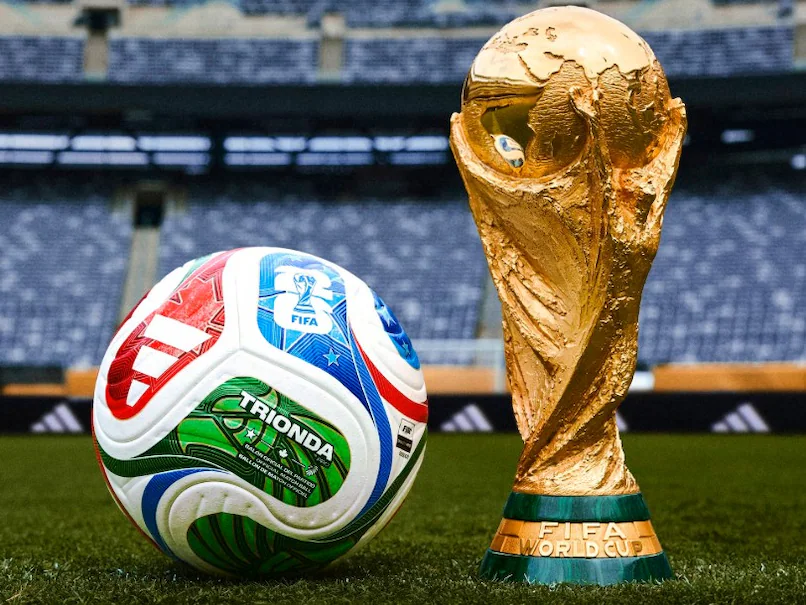
Professional players and referees have already tested Trionda in matches and training sessions. Early feedback has been encouraging, with many praising its predictable movement and comfortable feel. Several players have even commented that it is closer to the “classic” football style than some of the more experimental World Cup balls of the past. For FIFA, this positive feedback is essential, especially since the ball will define the play of an entire tournament.
Still, Trionda is more than just performance and design. It represents the values of the World Cup itself. With three nations hosting for the first time, it stands for the idea that football can transcend borders, languages, and cultures. It also shows a growing awareness of sustainability, proving that the world’s most watched sporting event can also send an important message about protecting the planet.
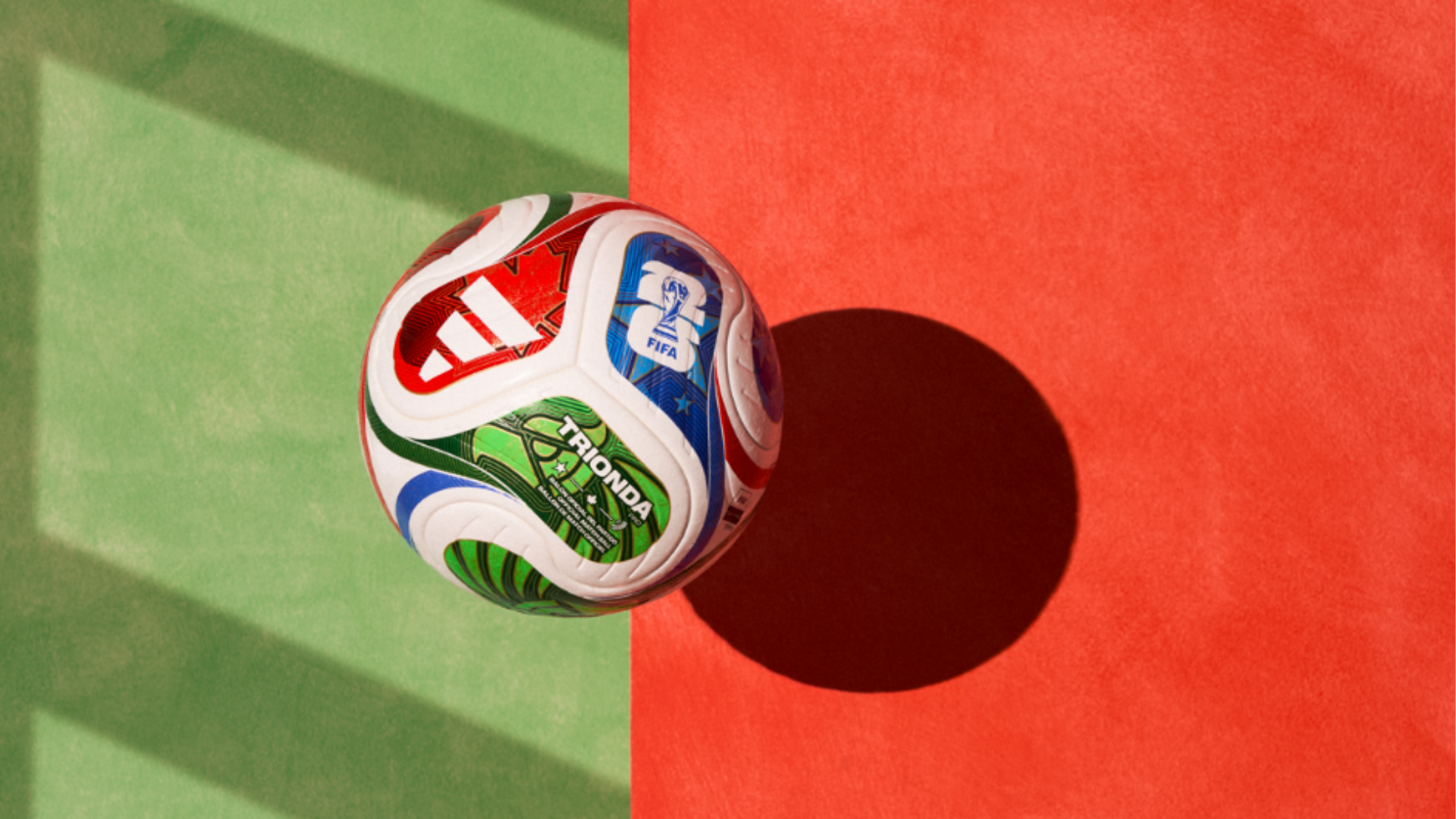
As the countdown begins for kick-off in June 2026, excitement has only grown with the unveiling of Trionda. Fans will soon watch it glide across pitches in stadiums from Toronto to Los Angeles to Mexico City. For players, it may become part of their most unforgettable moments—whether it is a crucial save, a stunning strike, or a goal that makes history. For viewers, it will forever be linked with the passion, drama, and joy of the World Cup.
Trionda is not just a ball. It is a piece of football history in the making—an emblem of unity, culture, and innovation. When the first whistle sounds on the opening match of the 2026 World Cup, the world’s attention will fall on it, as the tournament’s greatest stories begin to unfold.
With inputs from agencies
Image Source: Multiple agencies
© Copyright 2025. All Rights Reserved. Powered by Vygr Media.

